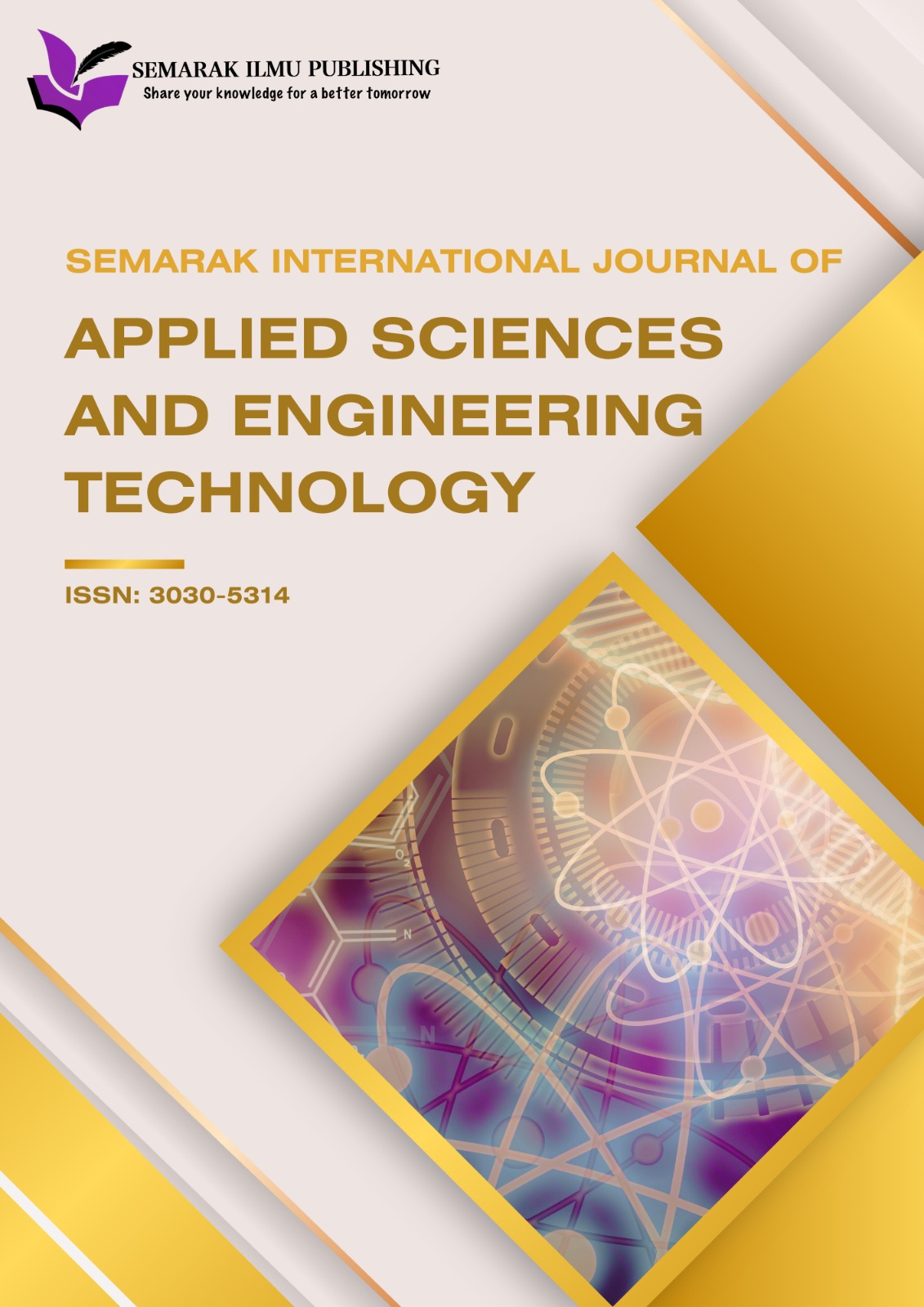Effect of FeCl3 Addition on the Dehydrogenation Properties of 2NaAlH4+Ca(BH4)2 Composite System for Solid State Hydrogen Storage
DOI:
https://doi.org/10.37934.sijaset.1.1.2735Keywords:
Hydrogen storage, NaAlH4 Ca(BH4)2, dehydogenationAbstract
The imperative for renewable energy transition hinges on the development of efficient storage solutions, with hydrogen storage being a frontrunner due to its high energy yield and clean combustion profile. This study explores the enhancement of hydrogen storage properties via Iron (III) chloride (FeCl3) doping into a 2NaAlH4 + Ca(BH4)2 composite. Through six-hour ball milling process, the transformation of NaAlH4 and Ca(BH4)2 into Ca(AlH4)2 and NaBH4 phases is achieved, setting a benchmark for subsequent analyses. We have delineated four principal dehydrogenation stages where FeCl3 doping has substantially lowered the decomposition temperatures, as indicated by the onset of hydrogen release at 100 °C in the doped composite—a reduction from the 125 °C observed in the undoped material. These findings are substantiated by Differential Scanning Calorimetry (DSC) which confirms the lower temperature thresholds across all dehydrogenation stages, while Scanning Electron Microscopy (SEM) illustrates a uniform distribution of smaller, finer particles in the doped composite, suggesting an increased surface area that potentially enhances kinetic rates due to shorter diffusion paths for hydrogen. The insights from this research not only illuminate the effectiveness of FeCl3 as a dopant in improving hydrogen storage capabilities but also highlight the broader implications of such materials in enhancing the practicality and efficiency of hydrogen as a renewable energy vector, thereby contributing to the collective efforts in overcoming the challenges of hydrogen storage.
Downloads














